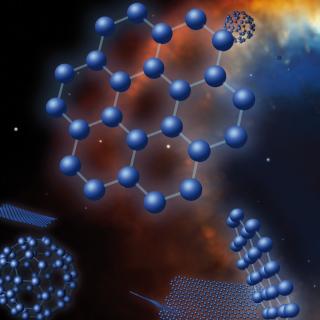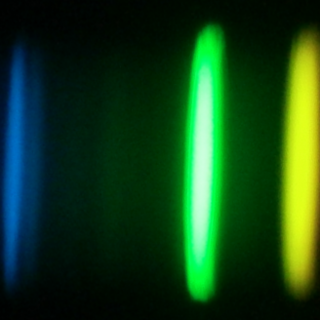Bovy, J.; Nidever, David L.; Rix, Hans-Walter; Girardi, Léo; Zasowski, Gail; Chojnowski, S. Drew; Holtzman, Jon; Epstein, Courtney; Frinchaboy, Peter M.; Hayden, Michael R.; Rodrigues, Thaíse S.; Majewski, Steven R.; Johnson, Jennifer A.; Pinsonneault, Marc H.; Stello, Dennis; Allende Prieto, C.; Andrews, Brett; Basu, Sarbani; Beers, Timothy C.; Bizyaev, Dmitry; Burton, Adam; Chaplin, William J.; Cunha, Katia; Elsworth, Yvonne; García, Rafael A.; García-Herńandez, D. A.; García Pérez, Ana E.; Hearty, Fred R.; Hekker, Saskia; Kallinger, Thomas; Kinemuchi, Karen; Koesterke, Lars; Mészáros, Szabolcs; Mosser, Benoît; O'Connell, Robert W.; Oravetz, Daniel; Pan, Kaike; Robin, Annie C.; Schiavon, Ricardo P.; Schneider, Donald P.; Schultheis, Mathias; Serenelli, Aldo; Shetrone, Matthew; Silva Aguirre, Victor; Simmons, Audrey; Skrutskie, Michael; Smith, Verne V.; Stassun, Keivan; Weinberg, David H.; Wilson, John C.; Zamora, O.
Bibliographical reference
The Astrophysical Journal, Volume 790, Issue 2, article id. 127, 21 pp. (2014).
Advertised on:
8
2014
Journal
Citations
201
Refereed citations
190
Description
The Sloan Digital Sky Survey III's Apache Point Observatory Galactic
Evolution Experiment (APOGEE) is a high-resolution near-infrared
spectroscopic survey covering all of the major components of the Galaxy,
including the dust-obscured regions of the inner Milky Way disk and
bulge. Here we present a sample of 10,341 likely red-clump stars (RC)
from the first two years of APOGEE operations, selected based on their
position in color-metallicity-surface-gravity-effective-temperature
space using a new method calibrated using stellar evolution models and
high-quality asteroseismology data. The narrowness of the RC locus in
color-metallicity-luminosity space allows us to assign distances to the
stars with an accuracy of 5%-10%. The sample extends to typical
distances of about 3 kpc from the Sun, with some stars out to 8 kpc, and
spans a volume of approximately 100 kpc3 over 5 kpc <~ R
<~ 14 kpc, |Z| <~ 2 kpc, and –15° <~ Galactocentric
azimuth <~ 30°. The APOGEE red-clump (APOGEE-RC) catalog contains
photometry from the Two Micron All Sky Survey, reddening estimates,
distances, line-of-sight velocities, stellar parameters and elemental
abundances determined from the high-resolution APOGEE spectra, and
matches to major proper motion catalogs. We determine the survey
selection function for this data set and discuss how the RC selection
samples the underlying stellar populations. We use this sample to limit
any azimuthal variations in the median metallicity within the
≈45° azimuthal region covered by the current sample to be
<=0.02 dex, which is more than an order of magnitude smaller than the
radial metallicity gradient. This result constrains coherent
non-axisymmetric flows within a few kiloparsecs from the Sun.
Related projects

Nucleosynthesis and molecular processes in the late stages of Stellar Evolution
Low- to intermediate-mass (M < 8 solar masses, Ms) stars represent the majority of stars in the Cosmos. They finish their lives on the Asymptotic Giant Branch (AGB) - just before they form planetary nebulae (PNe) - where they experience complex nucleosynthetic and molecular processes. AGB stars are important contributors to the enrichment of the
Domingo Aníbal
García Hernández

Chemical Abundances in Stars
Stellar spectroscopy allows us to determine the properties and chemical compositions of stars. From this information for stars of different ages in the Milky Way, it is possible to reconstruct the chemical evolution of the Galaxy, as well as the origin of the elements heavier than boron, created mainly in stellar interiors. It is also possible to
Carlos
Allende Prieto